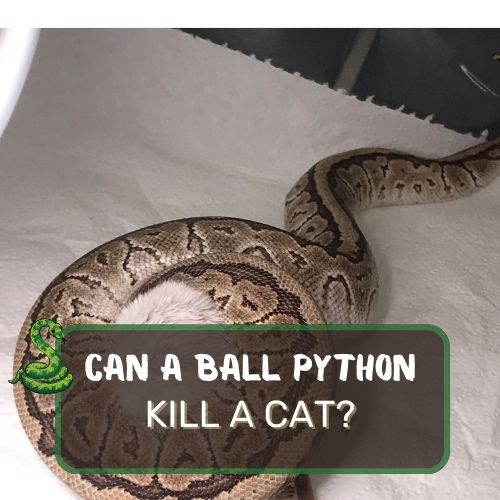
It’s a question that delves into the complex dynamics between two popular household pets, each with its own set of instincts and behaviors.
In this article, we’ll explore this topic in depth, shedding light on real-life incidents, the natural behaviors of both animals, and common misconceptions surrounding their interactions.
By examining factors such as diet, temperament, and environmental influences, we aim to provide a comprehensive understanding of the potential risks and safety measures.
Dive in to gain insights that will not only satisfy your curiosity but also equip you with knowledge to ensure harmonious coexistence between these fascinating creatures.
Table of Contents
Can a Ball Python Kill a Cat?
Ball pythons and cats both have their own sets of defensive and offensive behaviors. While ball pythons are generally docile creatures, if threatened or hungry, they might attempt to constrict or bite. However, the average domestic cat is typically larger than a ball python, making it a challenging prey. In most scenarios, a ball python would not pose a lethal threat to a fully-grown cat. However, smaller kittens might be at risk.
It’s essential for pet owners to always supervise interactions between different species to ensure the safety of all pets involved.

The Incident in Brisbane, Australia
A Shocking Discovery
In the quiet suburbs of Brisbane, Australia, a chilling incident unfolded that left residents and pet owners in shock.
It was a sunny afternoon when a homeowner stumbled upon a horrifying sight in their backyard: a large python with a noticeably distended belly.
The snake, which was later identified as a ball python, had just had a substantial meal, and the size of the bulge in its stomach indicated that it was no ordinary prey.
The Python’s Unexpected Prey
Upon closer inspection, the homeowner realized that the python’s recent meal was none other than their beloved pet cat and her kittens.
The sheer size of the prey was astonishing, given that ball pythons are not typically known to attack and consume animals as large as cats.
The incident raised eyebrows and prompted many to question: “Can a ball python really kill a cat?”
Professional Intervention
The snake removal service was promptly called to the scene. The professionals were equally taken aback by the discovery.
While ball pythons are known for their hunting instincts and their ability to consume prey larger than their head by dislocating their jaws, swallowing a full-grown cat and kittens was certainly out of the ordinary.
The snake, having consumed such a large meal, was sluggish and relatively easy to capture.
The Emotional Toll
The homeowner was devastated. The loss of a pet is always tragic, but to lose one in such a gruesome manner was beyond comprehension.
The incident served as a stark reminder of the unpredictable nature of wild animals, even those that are often kept as pets.
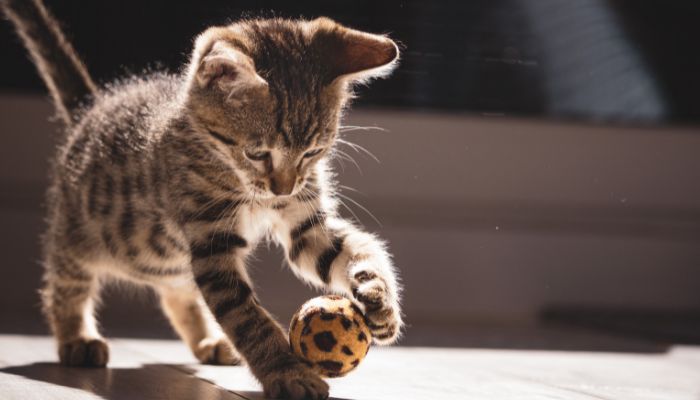
The Aftermath and Lessons Learned
This incident in Brisbane sparked a flurry of discussions online and offline. Many pet owners began to question the safety of keeping ball pythons in homes with other pets, especially cats.
While ball pythons are generally docile and are popular pets in many parts of the world, this incident highlighted the potential risks involved.
Ball Pythons and Cats: Common Misconceptions
The Myth of the Aggressive Ball Python
One of the most prevalent misconceptions about ball pythons is that they are inherently aggressive creatures. In reality, ball pythons are among the most docile species of snakes.
They are often chosen as pets precisely because of their calm nature. While any animal can become aggressive under certain circumstances, it’s not in a ball python’s nature to be overtly hostile without provocation.
Ball Pythons and Cats: Unfounded Fears
Another common myth is the idea that ball pythons are always on the hunt, ready to attack and consume household pets like cats.
While the Brisbane incident did highlight a rare occurrence, it’s essential to understand that such events are exceptions rather than the rule.
Most ball pythons kept in a domestic setting, when well-fed and cared for, show little interest in attacking larger animals like cats.
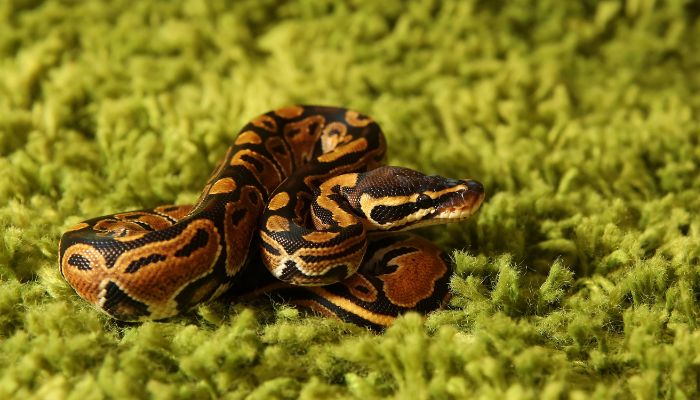
Factors that Influence Ball Python Behavior
Hunger and Feeding Habits
Like all creatures, a ball python’s behavior can be significantly influenced by its hunger levels. When a python is not fed regularly or is in a period of increased appetite, it might exhibit more hunting behaviors.
However, even in these states, a domestic cat is not their typical prey. They are more inclined to seek out rodents or smaller mammals.
The Impact of Threats and Mistreatment
A ball python, like any animal, can become aggressive or defensive when it feels threatened. Mistreatment, sudden movements, or even perceived threats can cause the snake to react.
It’s crucial for pet owners to handle their pythons with care and respect, ensuring they feel safe and secure in their environment.
Natural Behavior and Temperament
By nature, ball pythons are more reclusive and prefer to hide or retreat rather than confront. Their temperament is generally calm, and they are more likely to curl up into a ball (hence their name) when faced with a potential threat.
Understanding and respecting their natural behavior is key to ensuring harmonious coexistence with other pets, including cats.
There are always risks when introducing different species to one another and understanding the nature and behavior of each animal can help mitigate potential problems.
It’s always essential to be informed, observant, and respectful of each pet’s needs and boundaries.
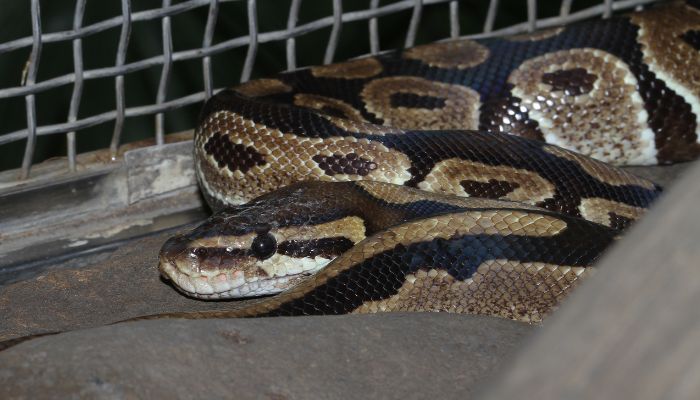
Introducing Cats and Ball Pythons to Each Other: Safety Measures
The Right Way to Make Introductions
When introducing a cat and a ball python to each other, it’s essential to do so in a controlled environment. Start by allowing the two animals to get a sense of each other’s scent.
This can be done by placing an item from the python’s enclosure near the cat and vice versa.
After a few days of this scent familiarization, you can proceed to a face-to-face introduction, but always ensure there’s a barrier between them initially, like a glass partition.
Supervision is Key
Never leave a cat and a ball python alone together, especially during their initial interactions. Even if they seem indifferent or calm around each other, it’s crucial to be present and attentive.
Both animals are unpredictable, and their reactions can change in an instant.
Protecting Cats and Native Animals
Cats, being natural hunters, often pose a threat to native wildlife. When living in areas where snakes, including pythons, are prevalent, it’s essential to contain cats, especially during the night.
This not only protects the cat from potential threats but also safeguards native animals from being hunted.
Risks in Snake-Prevalent Areas
Housing pets in areas where snakes are common comes with its set of challenges. Snakes might enter homes or yards in search of food or shelter.
While ball pythons are not native to many regions, other snake species might pose a threat. It’s essential to be aware of the local snake species, their behaviors, and the risks they might pose.
Tips for Ensuring Safety
- Secure Housing: Ensure that the python’s enclosure is secure, preventing any chance of escape or unwanted entry.
- Environmental Enrichment: Provide both pets with stimulating environments to reduce boredom and the chance of unwanted interactions.
- Regular Health Checks: Regularly monitor the health of both animals. A stressed or sick animal might behave unpredictably.
- Educate Yourself: Understand the behaviors, needs, and temperaments of both cats and ball pythons. The more you know, the better equipped you’ll be to handle any situation.
Cats and ball pythons can coexist but it requires careful planning, understanding, and constant vigilance from the pet owner. With the right precautions, both animals can live safely and harmoniously under one roof.
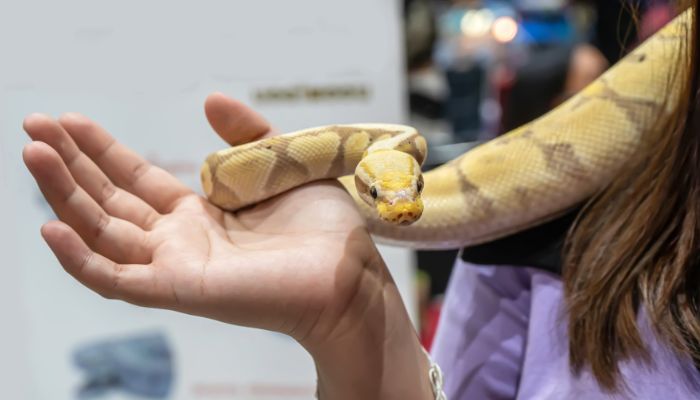
Wrapping Up
You’ve journeyed through an exploration of the intriguing dynamics between ball pythons and cats, two beloved household pets.
Throughout this article, you’ve gained insights into real-life incidents, debunked common myths, and delved deep into the natural behaviors of both animals.
By understanding factors like diet, temperament, and environmental influences, you’re now equipped with a comprehensive perspective on the potential risks and safety measures involved in housing these creatures together.
Remember, knowledge is power. With the information you’ve gathered, you’re better prepared to ensure a harmonious environment for both your feline and reptilian friends.
It’s essential to always prioritize their well-being, respect their individual needs, and remain vigilant during their interactions.
In conclusion, while challenges may arise, with understanding and care, it’s entirely possible for cats and ball pythons to coexist peacefully.
So, take heart and move forward with confidence, knowing you’re making informed decisions for the animals you cherish.
Your dedication to their safety and happiness is commendable. Keep learning, stay curious, and continue to be the best pet parent you can be!
FAQ
Can a cat fight off a python?
Yes, a cat can potentially fight off a python, especially if the cat is fully grown and the python is not overly large. Cats have sharp claws and teeth, and their agile nature allows them to defend themselves effectively. However, the outcome of such an encounter can vary based on the size and health of both animals.
Do pythons attack cats?
While it’s rare, pythons can attack cats, especially if they are hungry or feel threatened. However, domesticated ball pythons, when well-fed and cared for, typically show little interest in attacking larger animals like cats. It’s essential to remember that every animal is unique, and individual behaviors can vary.
Are snakes afraid of cats?
Snakes, including pythons, generally prefer to avoid confrontations. They might view cats as potential threats, especially if the cat displays aggressive or curious behavior. While not inherently “afraid,” snakes will often choose to retreat or hide when faced with potential danger.
How fast can a ball python kill a cat?
The speed at which a ball python can kill a cat depends on various factors, including the size of the python and the cat. If a python were to constrict a cat, it could potentially suffocate it within minutes. However, such incidents are rare, and it’s essential to always supervise interactions between different species to ensure safety.

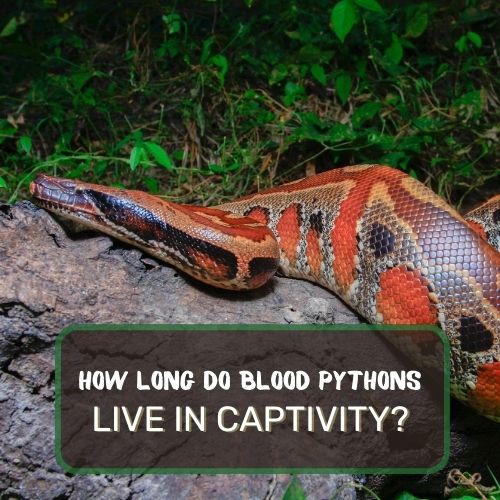
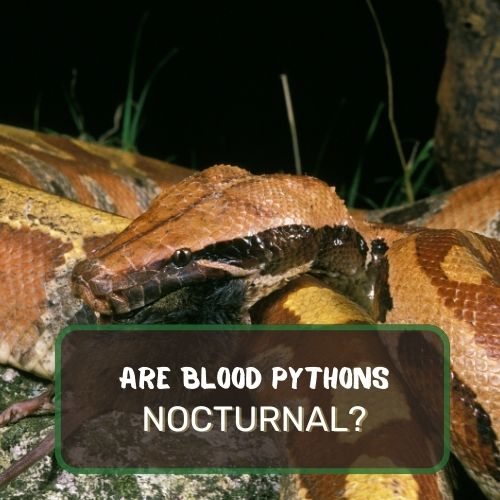

0 Comments